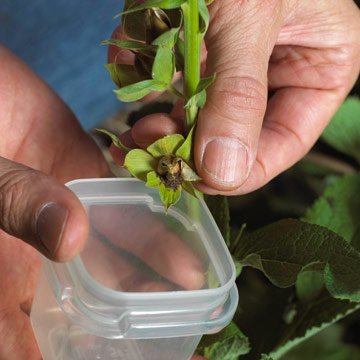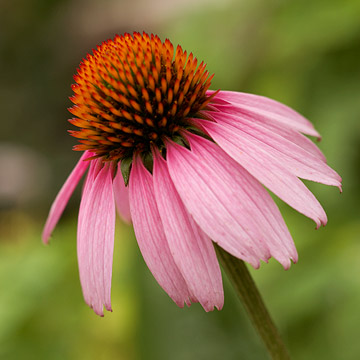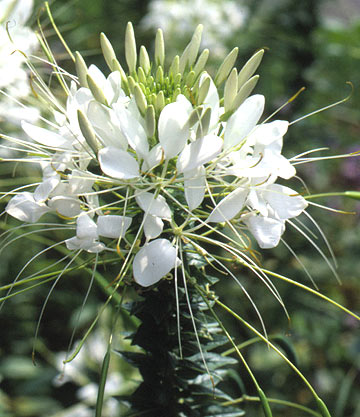






Seed saving has long been the primary way to pass plants down from generation to generation. Continue the tradition of sharing the best of nature's gifts by saving seeds in your garden.
The best plants for seed saving are heirlooms, old-fashioned varieties, and open-pollinated plants. This is because the seeds usually grow into plants that look like their parents. Seeds saved from hybrids will not usually grow into the same plants as their parents.
continue reading belowMost plants develop their seeds behind the faded flowers. The plants may make their seeds in pods, capsules, heads, or fruits. Seeds differ in appearance, as well. Some are tiny, like dust. Other seeds, like morning glories, can be as large as your fingernail.
No matter what the seeds look like or how they're held, the key to successfully saving seed is to wait until the seed has matured -- but get it before it falls off the plant. The seeds of most flowering plants can be harvested after they dry on the plant. Fruit and vegetable seeds are often harvested when the fruit is ripe. Remove and clean seeds from fruits thoroughly for a few days. Then set them out in a warm, dry place to thoroughly dry for storage.
You can plant most perennial seeds in the garden in fall. Start them in a protected spot in loose, well-drained soil. Water them well after planting and give them a covering of mulch. They'll readily sprout in spring.
It's best to store most annual seeds and sow them in the spring. You can plant them directly in the garden or get a jump on the season and start them early indoors.

Some of the easiest perennial flowers to collect seeds from include:
Blackberry lily
Black-eyed Susan
Coneflower
False sunflower
Meadow rue
Obedient plant
Perennial sunflower
Perennial sweet pea
Veronica
Store your completely dried seeds in a cool, dry place in a labeled envelope, jar, or handmade seed packet. Be sure to note the plant's name and preferred growing conditions (such as full sun in moist soil), and any other information you want to remember come planting time. When stored properly, most seeds stay viable three to four years.

Some of the easiest annual flowers to collect seeds from include:
Cleome
Datura
Larkspur
Marigolds
Morning Glory
Nasturtium
Poppy
Snapdragons
Here are tips for collecting seeds from your vegetable garden.
Beans
Wait until the seeds dry and the pods start to open.
Cucumbers
Wait for the fruit to ripen. Then squeeze out the pulp (with the seeds) into a container. Add a small amount of water and let the pulp ferment for two to four days at room temperature, stirring occasionally. Dead seeds will float to the top of the water; discard them. When the good seeds sink to the bottom of the jar, pour off the pulp. Repeat if necessary to thoroughly clean the seeds. Then spread seeds out to dry.
Melons
Seed is ripe when the fruit is ripe. Simply separate the seeds and rinse them with water. Dry them in a warm spot.
Peas
Wait until the seeds dry and the pods start to open.
Peppers
Harvest seed when fruit is thoroughly ripe (most varieties will turn red and begin to shrivel). Remove seeds from fruit and allow seeds to dry in a warm, dry spot.
Tomatoes
Wait for the fruit to ripen. Then squeeze out the pulp (with the seeds) into a container. Add a small amount of water and let the pulp ferment for two to four days at room temperature, stirring occasionally. Dead seeds will float to the top of the water; discard them. When the good seeds sink to the bottom of the jar, pour off the pulp. Repeat if necessary to thoroughly clean the seeds. Then spread seeds out to dry.
Learn how to grow heirloom varieties.
Copyright © www.100flowers.win Botanic Garden All Rights Reserved